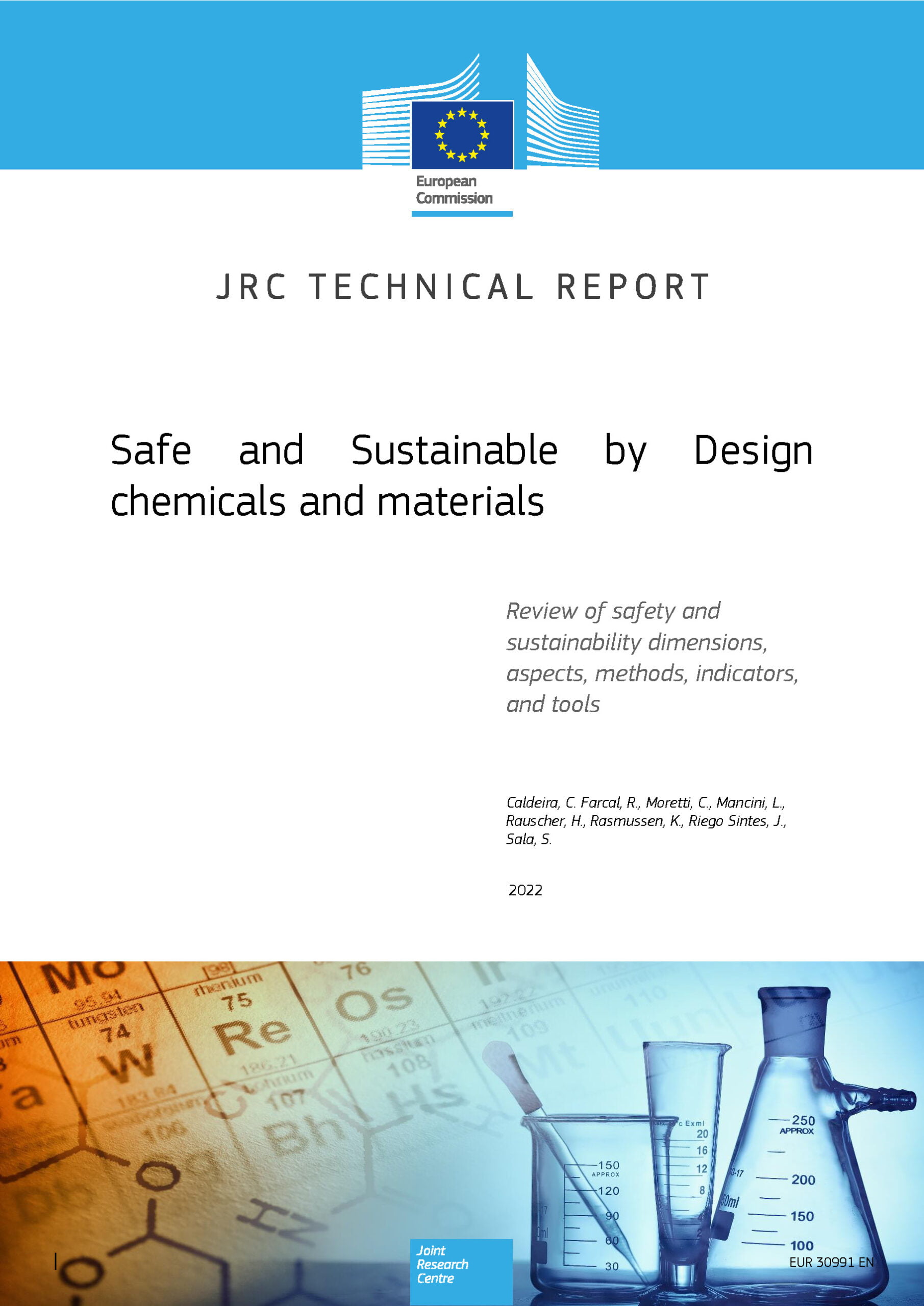
Commission report analyses objectives and existing tools for assessment of “SSbD” for chemical, but ignores durability. The 184 page report reviews existing frameworks relevant to “Safe and Sustainable by Design” (SSbD), as preparation for defining a framework for implementing SSbD for chemicals in the new EU CCS (Chemicals Strategy for Sustainability, part of the Green Deal). The report analyses 119 frameworks, including Cefic 2021, OECD 2021, WBCSD 2021, UBA 2016, ecolabels, BASF, Clariant, Evonik, Solvay, GreenScreen, ChemSec, TCO Certified. Nearly all of these consider environment (104) and/or chemical safety (100), whereas only 59 consider economic and 31 social aspects. Life Cycle Analysis considerations are often indicated. The analysis concludes that most of the frameworks are “purely conceptual without … operational methods”. Most frameworks consider that criteria for alternatives should be based on equal functional performance, but without indicating how this is assessed. BizNGO (Rossi 2006 Lowell Center) and Fu 2016 are identified to include stepwise operational approaches. The report indicates that a new framework is needed to define criteria for SSbD chemicals and materials. A very wide range of chemical safety, resource and processing, environmental, social and economic aspects are cited as relevant, including circularity (defined as “reduce, reuse, repair, refurbish, remanufacture and recycle”). However the approach seems to ignore the important sustainability aspect of durability: how a chemical contributes to ensuring prolonged material or article lifetime (see pinfa infographic “Safety by durability” below).
European Commission JRC (Caldeira et al.), JRC127109, ISBN 978-92-76-47560-6, 2022 https://publications.jrc.ec.europa.eu/repository/handle/JRC127109 See also JRC “Mapping study for the development of Sustainable-by-Design criteria” 2021 in pinfa Newsletter n°127.